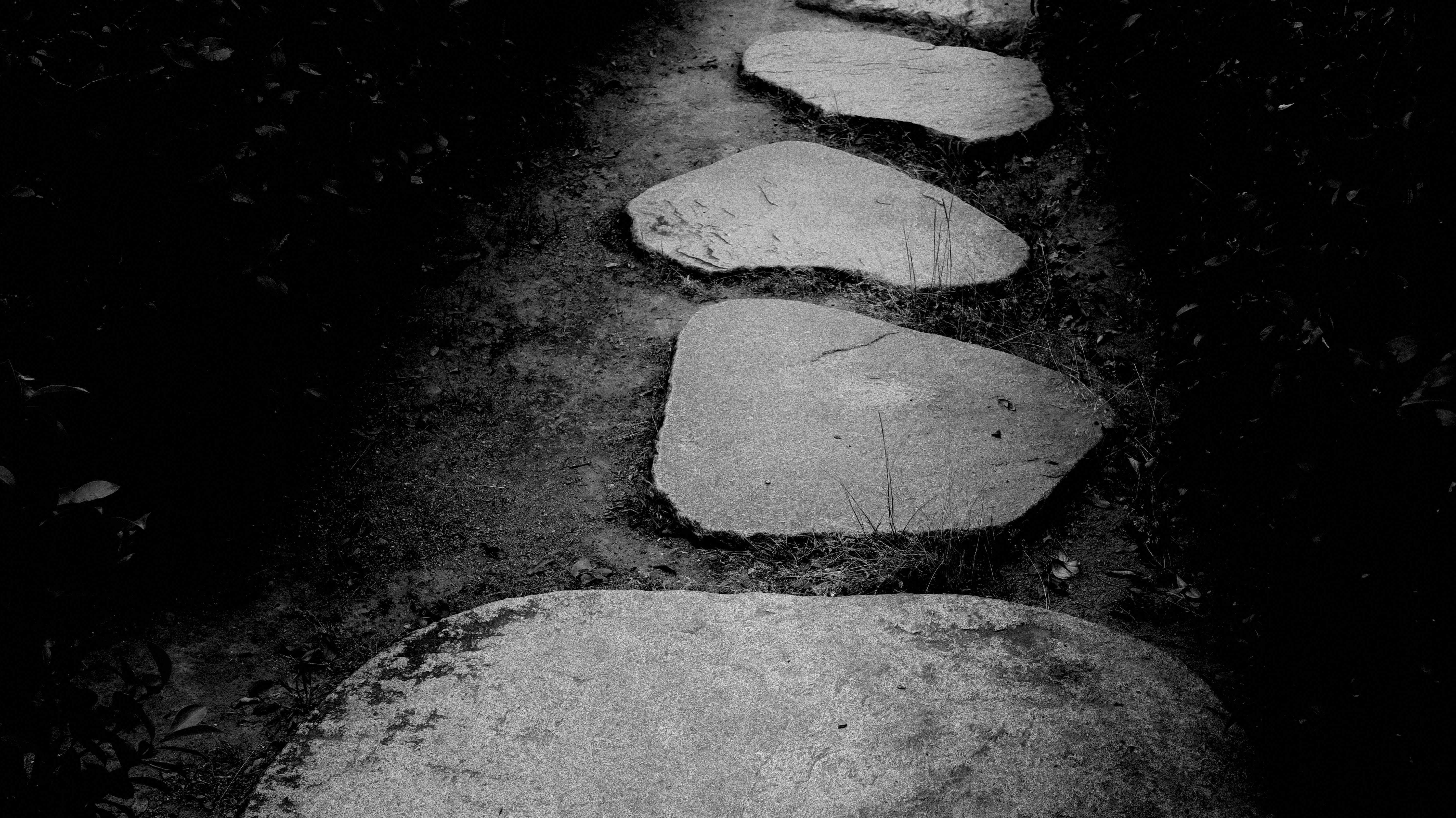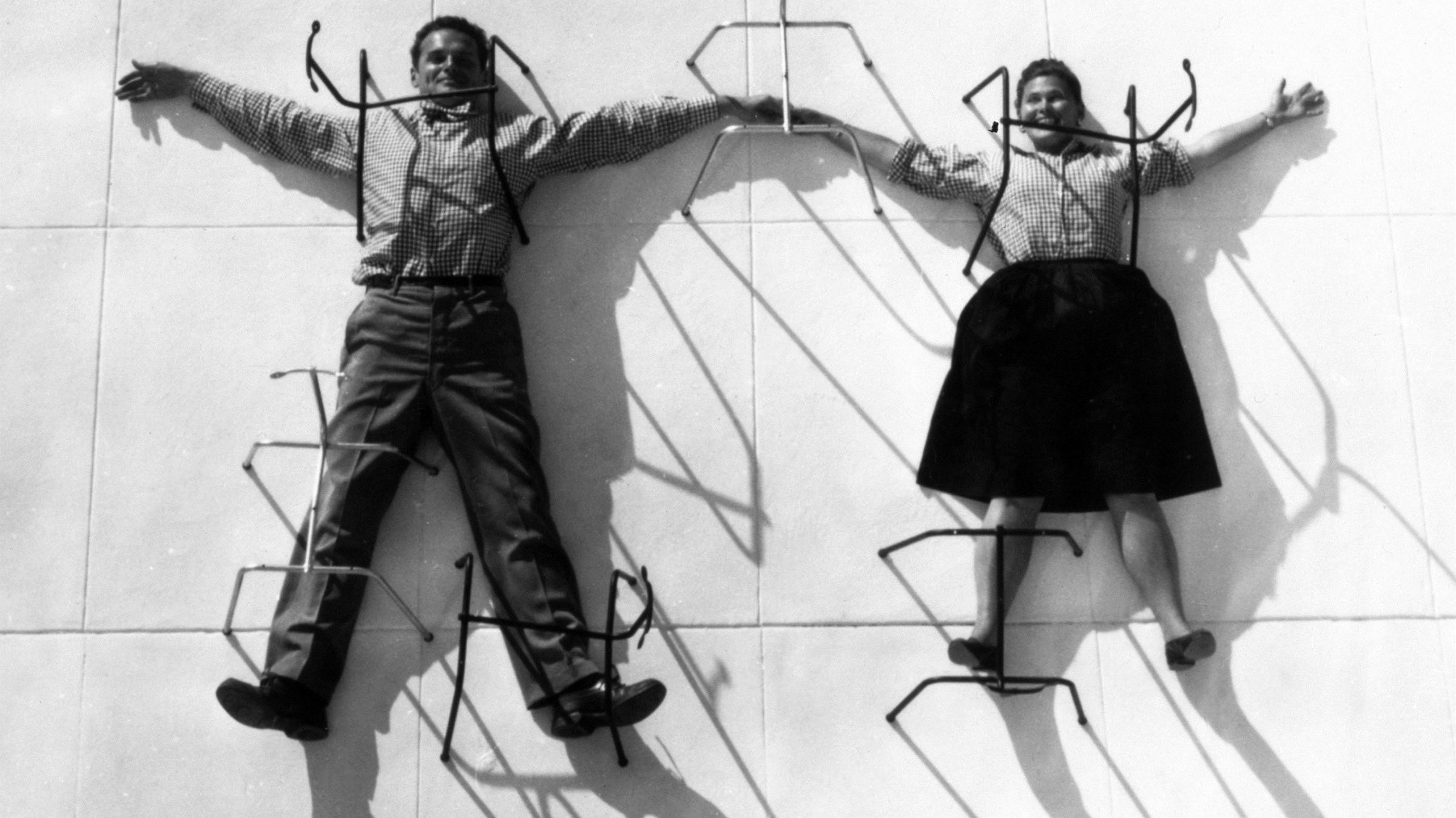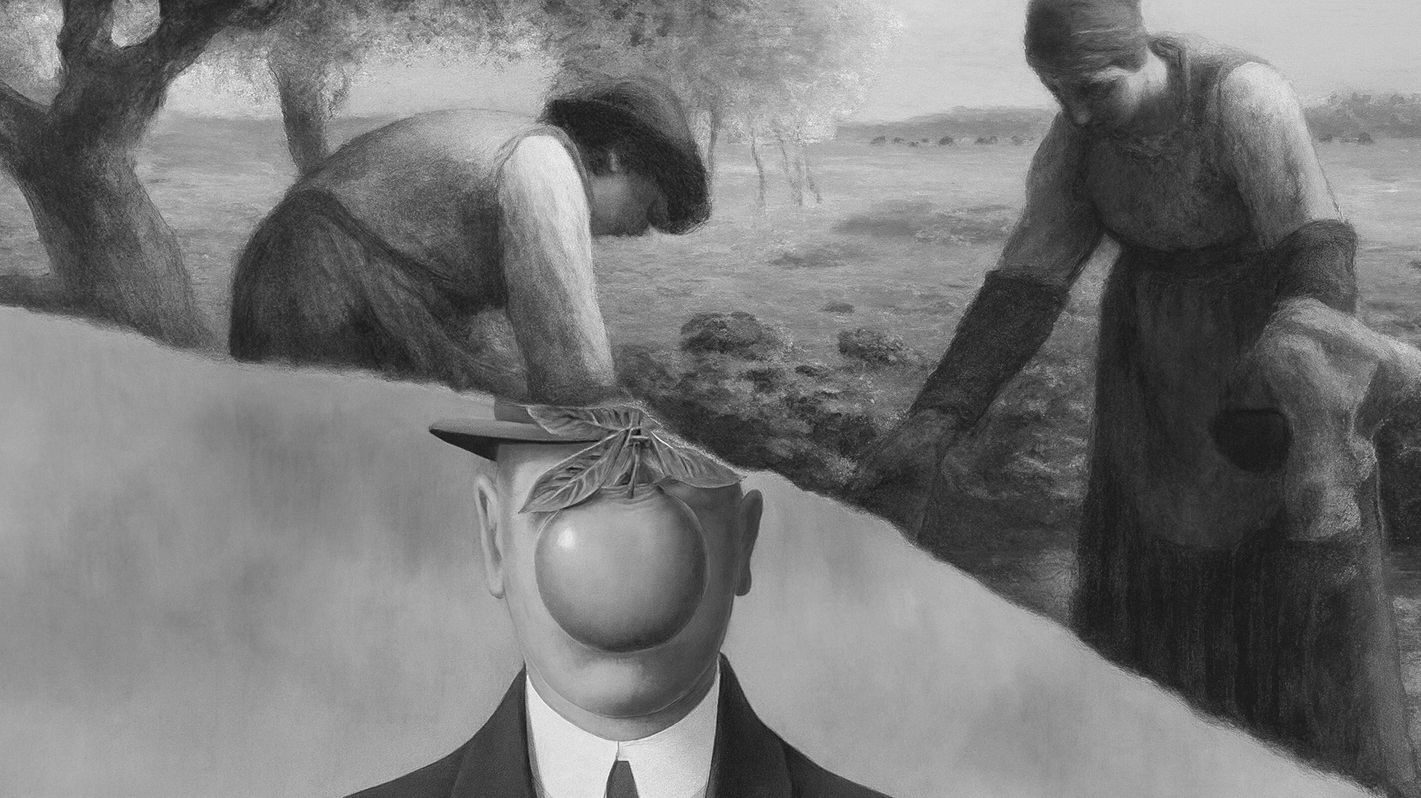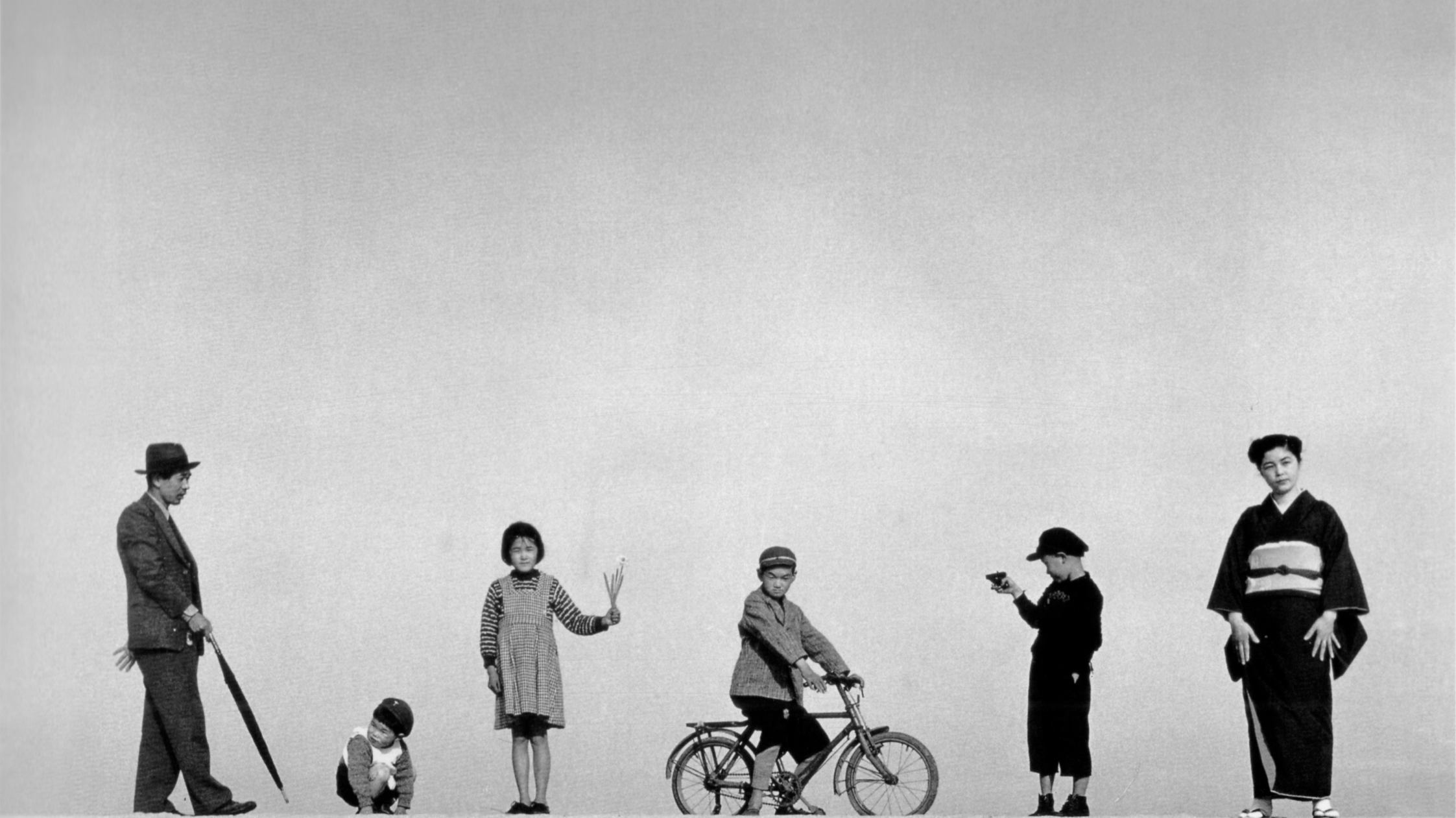Pablo Picasso's Blue Period, spanning from 1901 to 1904, marks a pivotal phase in his artistic journey. Influenced by personal struggles and financial hardship, this period is characterized by somber monochromatic paintings primarily in shades of blue and blue-green. Despite drawing inspiration from Spain while residing in Paris, these works initially faced challenges in finding buyers. So, why did Picasso enter his Blue Period? Several factors contributed to its genesis:
(Picasso's Blue Period: Origins and Inspirations - dans le gris)
(Picasso's Blue Period: Origins and Inspirations - dans le gris)
1. Personal Loss and Emotional Turmoil
(Picasso's Blue Period: Origins and Inspirations - dans le gris))
To truly grasp the depth of Picasso's Blue Period masterpieces, it's vital to understand the profound melancholy that engulfed him during this time. A pivotal figure in this narrative is Carlos Casagemas, a close friend who held significant sway over Picasso's early years in Paris. Casagemas' suicide, shrouded in mystery as he left no clear reasons, is often linked to his unrequited love for Germaine Pichot, whose rejection likely contributed to his emotional turmoil. Coupled with the challenges of being an artist in a new city and the struggle to adapt, these factors undoubtedly weighed heavily on Picasso's psyche.
Casagemas' suicide deeply affected Picasso, leaving him devastated by the loss of his friend. The emotional impact of this event was profound and found expression in Picasso's art. The tragic suicide of Casagemas served as a pivotal moment that significantly influenced Picasso's artistic expression, ultimately leading to the emergence of the renowned Blue Period.
The "Blue Self-Portrait," created in 1901 and displayed at the Musée National Picasso-Paris, serves as a powerful reflection of the artist's emotional turmoil. Despite his youth of only 20 years, Picasso presents himself as a figure with sunken features, draped in a worn coat, emanating a silent sorrow. This self-portrait poignantly captures the profound emotional resonance of Picasso's Blue Period, providing a window into the introspective and melancholic essence of his artistic odyssey during this phase.
(Picasso's Blue Period: Origins and Inspirations - dans le gris)
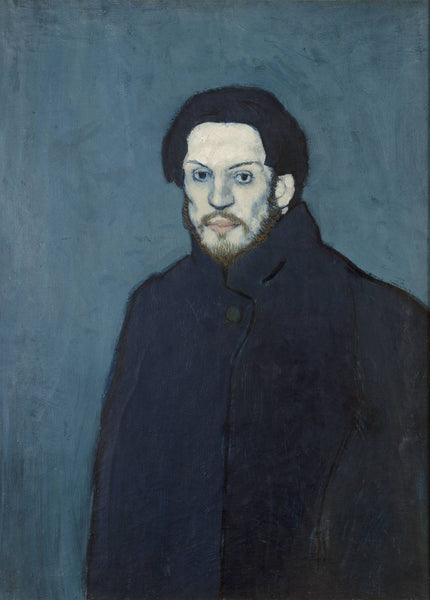
Pablo Picasso's Blue Period, Autoportrait, 1901
(Picasso's Blue Period: Origins and Inspirations - dans le gris)
Although Picasso himself later recalled, "I started painting in blue when I learned of Casagemas's death," it's worth noting the perspective of art historian Helene Seckel. She has written, "While we might be right to retain this psychologizing justification, we ought not lose sight of the chronology of events: Picasso was not there when Casagemas committed suicide in Paris ... It was only in the fall that this dramatic event emerged in his painting, with several portraits of the deceased."
(Picasso's Blue Period: Origins and Inspirations - dans le gris)
2. Financial Struggles
(Picasso's Blue Period: Origins and Inspirations - dans le gris)
In the early 1900s, when the Blue Period began, Picasso had recently moved from his native Spain to Paris to pursue his artistic ambitions. However, life in Paris proved to be financially challenging for the young artist. He struggled to make ends meet, faced a scarcity of resources, and often found himself in dire poverty. This financial strain left an indelible mark on his art, giving birth to a period defined by the portrayal of impoverished and marginalized figures, a reflection of the financial destitution he witnessed around him.
Prior to Picasso's Blue Period, the artist’s career looked promising; he was well known in Paris as someone with considerable talent. However, as he gravitated towards a subject matter that was less comfortable, much of the critics and the public grew uninterested in his work. Specifically, the Spanish artist became engrossed in portraying society’s poor and outcast using cool blue tones to convey anguish and despair. This shift clashed with the prevailing appetite for upbeat and cheerful art; Picasso's paintings, which conveyed discomfort and unease, were not in line with the popular sentiment of the time.
(Picasso's Blue Period: Origins and Inspirations - dans le gris)
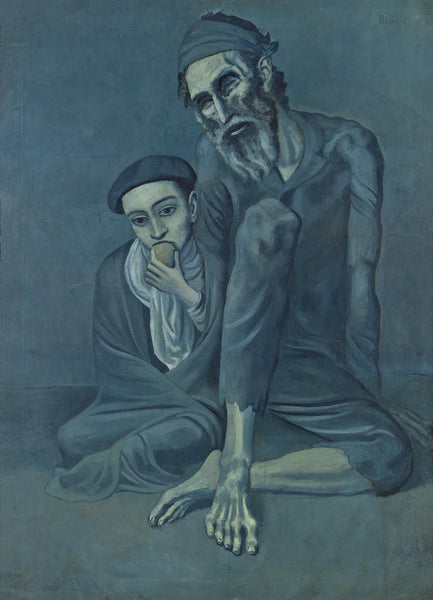
Pablo Picasso's Blue Period, Old Jewish Man with a Boy, 1903
(Picasso's Blue Period: Origins and Inspirations - dans le gris)
3. Artistic Exploration
(Picasso's Blue Period: Origins and Inspirations - dans le gris)
Picasso was also deeply influenced by the artistic trends of his time. While residing in Paris, he encountered the works of Henri Toulouse-Lautrec, Symbolist art, and the Post-Impressionist movement. These influences, in combination with his personal experiences, inspired Picasso to experiment with a more subdued color palette and emotive subject matter. Nevertheless, his artistic exploration during the Blue Period extended beyond these elements.
The Blue Period marked a profound departure from Picasso's earlier artistic approach. He ventured into uncharted territory, delving into the depths of human emotion and societal commentary. Through his exploration of color, form, and theme, Picasso embarked on a journey of self-discovery and artistic innovation. One of the most striking aspects of Picasso's exploration during the Blue Period was his use of color. The dominance of blue and blue-green hues not only conveyed a sense of melancholy but also enabled him to create a unique emotional atmosphere.
Another remarkable aspect of Picasso's Blue Period is his emphasis on form and composition. He moved away from strict representation and began to elongate figures, simplifying the shapes and contours of his subjects. His focus shifted toward conveying their emotional states rather than creating intricate details. This approach, along with the muted colors, contributed to a sense of abstraction and a universal quality in the figures, making them more relatable to a broader audience.
(Picasso's Blue Period: Origins and Inspirations - dans le gris)
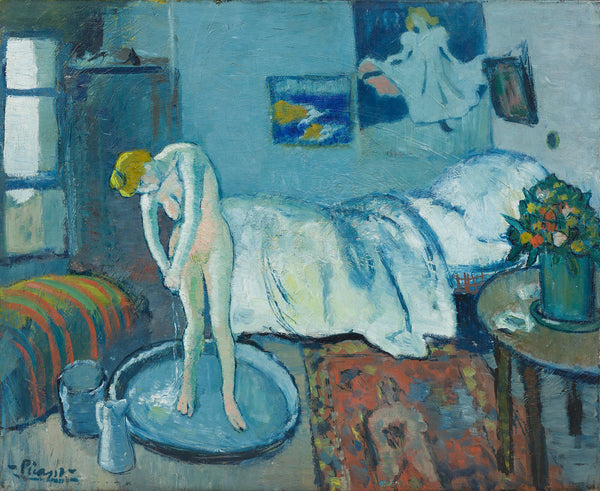
Pablo Picasso's Blue Period, The Blue Room, 1901
(Picasso's Blue Period: Origins and Inspirations - dans le gris)
Conclusion
This is the universe of Picasso's Blue Period, a journey into emotional depths that both captivated and intrigued the art world. Picasso's brush gracefully moves across the canvas, capturing the core of human sensitivity. From the depths of his own experiences to the brushstrokes on the canvas, Picasso's journey reminds us that art has the power to illuminate the darkest corners of our souls. Just as blue can evoke feelings of introspection and melancholy, it also stands as a symbol of the intricacies of human emotion.
(Picasso's Blue Period: Origins and Inspirations- dans le gris)
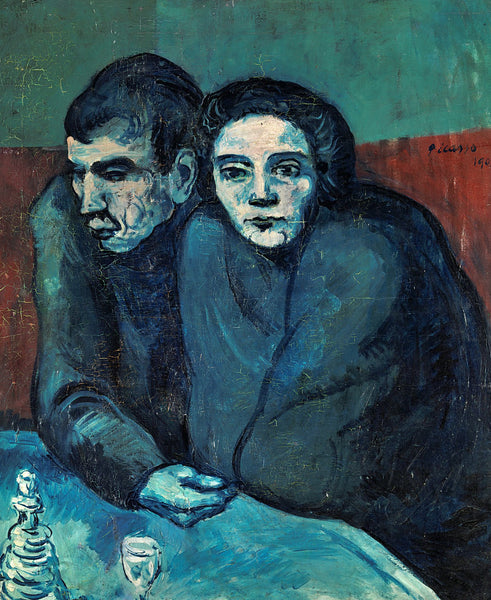
Pablo Picasso's Blue Period, Man and Woman in Café, 1903
(Picasso's Blue Period: Origins and Inspirations - dans le gris)
Continue Reading:
• What is Modern Art? A Complete Definition and Guide
• Fluxus Art Movement: Definition, Artists and Examples
• What is Abstract Art? Exploring the Birth and Pioneers of Abstract Art
(Picasso's Blue Period: Origins and Inspirations - dans le gris)
About Us
Dans Le Gris is a brand that started with everyday jewelry; each handmade piece is designed and crafted in Taiwan. We deeply value every detail, dedicating ourselves to creating enduring pieces through collaboration with experienced craftsmen.
(Picasso's Blue Period: Origins and Inspirations - dans le gris)
In our journal, we provide irregular updates featuring articles about art, culture, and design. We aspire to furnish our readers with profound insights and inspiration across a broad array of creative subjects. From the daily inspirations found in art and design to the timeless beauty of traditional craftsmanship and philosophy, our curated content encompasses diverse aspects of life.
Shop Now
↪ Follow us for more updates: YouTube | Instagram



